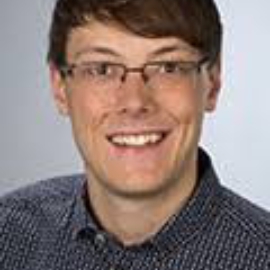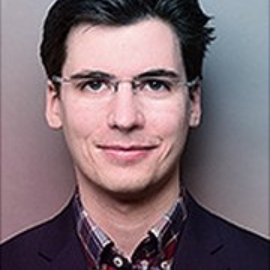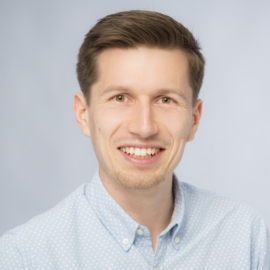Skin Lesion Diagnosis using Ensembles, Unscaled Multi-Crop Evaluation and Loss Weighting
Nils Gessert, Thilo Sentker, Frederic Madesta, Rüdiger Schmitz, Helge Kniep, Ivo Matteo Baltruschat, René Werner, Alexander Schlaefer
August 2018
Abstract
In this paper we present the methods of our submission to the ISIC 2018 challenge for skin lesion diagnosis (Task 3). The dataset consists of 10000 images with seven image-level classes to be distinguished by an automated algorithm. We employ an ensemble of convolutional neural networks for this task. In particular, we fine-tune pretrained state-of-the-art deep learning models such as Densenet, SENet and ResNeXt. We identify heavy class imbalance as a key problem for this challenge and consider multiple balancing approaches such as loss weighting and balanced batch sampling. Another important feature of our pipeline is the use of a vast amount of unscaled crops for evaluation. Last, we consider meta learning approaches for the final predictions. Our team placed second at the challenge while being the best approach using only publicly available data.

Nils Gessert
Research Scientist

Thilo Sentker
Research Scientist

Frederic Madesta
PhD Student

Rüdiger Schmitz
PhD Student

Co-Founder / Research Scientist
-Ivo Matteo Baltruschat studied Information and Electrical Engineering at the University of Applied Sciences, Hamburg between 2010 and 2014. In 2016, he finished his Master of Science in medical engineering science at the Universität zu Lübeck with his thesis on Deep Learning for Advanced Medical Applications. Currently, he is a PhD student in the group of Tobias Knopp at the Institute for Biomedical Imaging, Hamburg University of Technology. His research covers the automatic analysis of medical x-ray images using machine learning methods. Our objective is to apply deep learning methods to high-resolution medical x-ray images. In the long-term, we are pursuing the goal to employ deep learning methods in order to find patterns between medical reports and medical x-ray images that will help to push the state-of-the-art in computer-aided diagnosis for chest x-ray images.

Co-Founder / Head of scientific working group